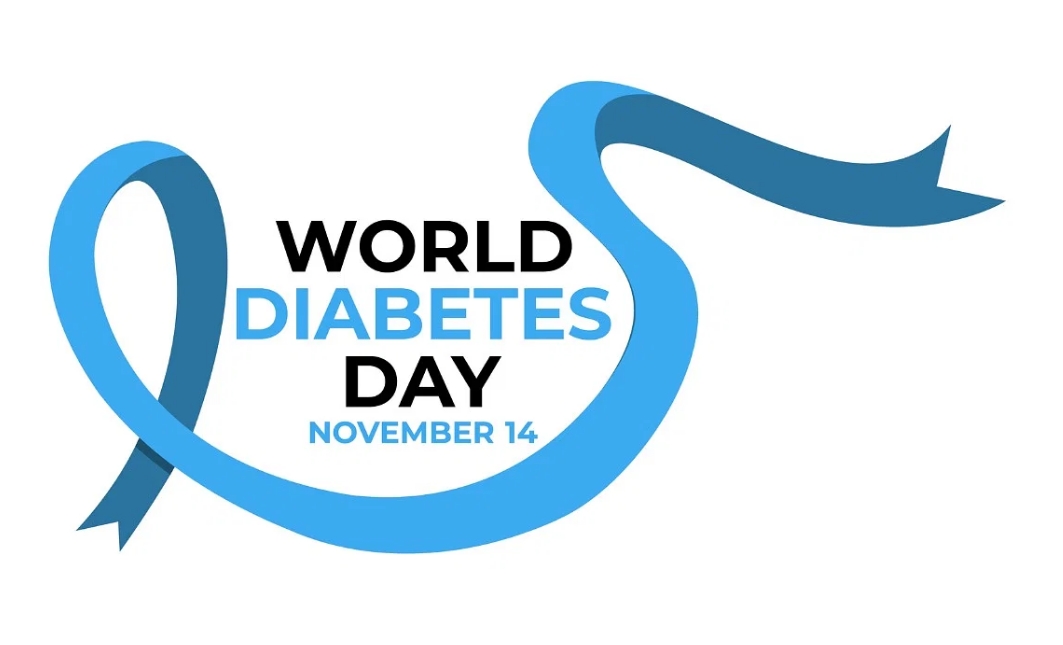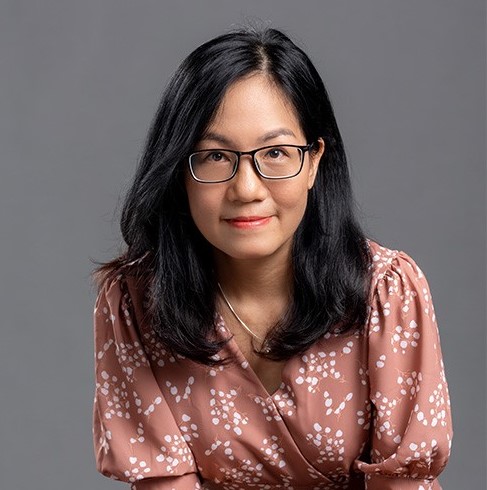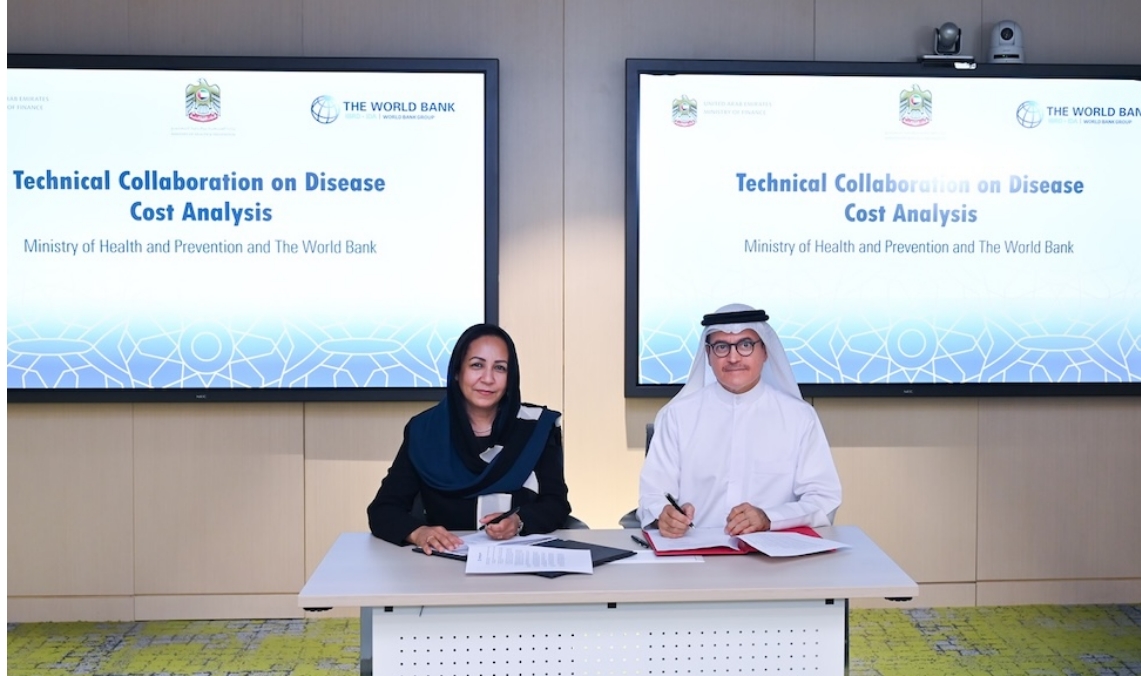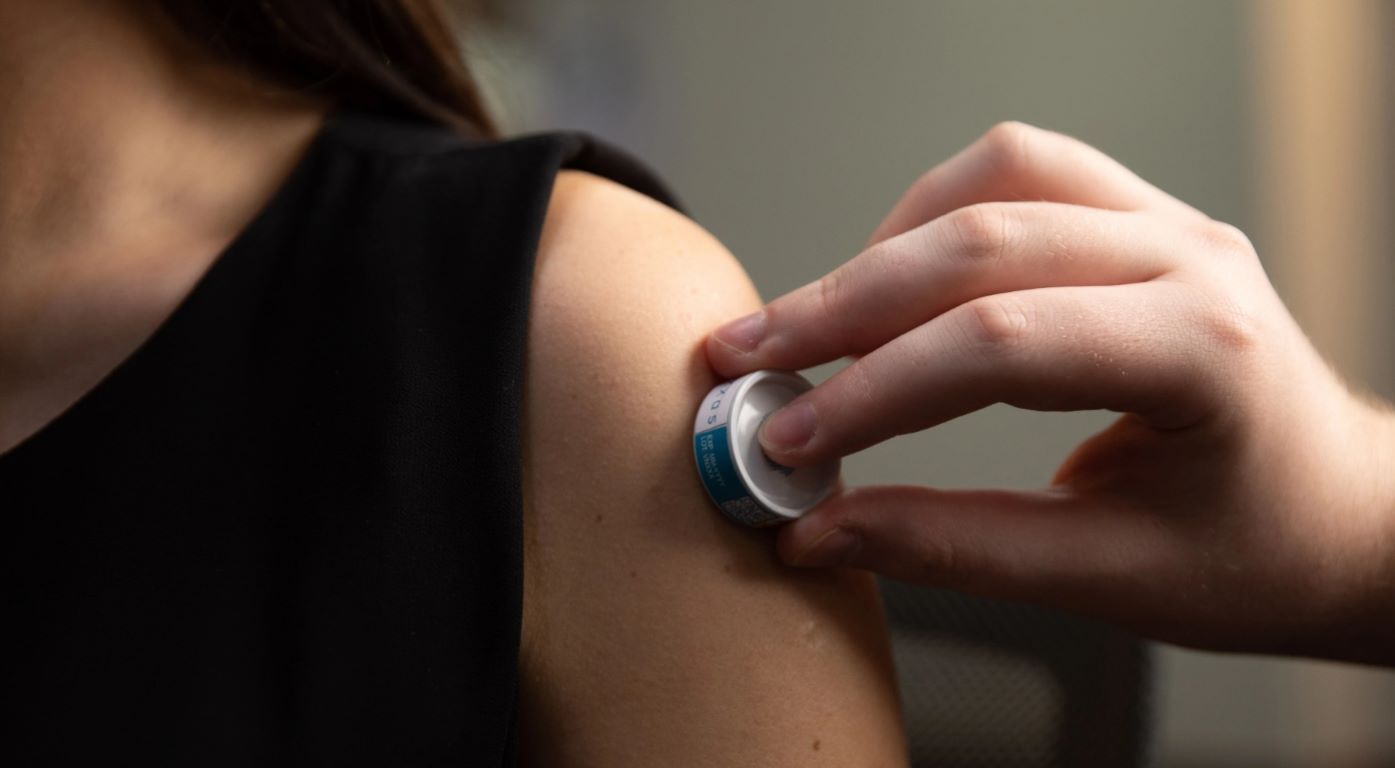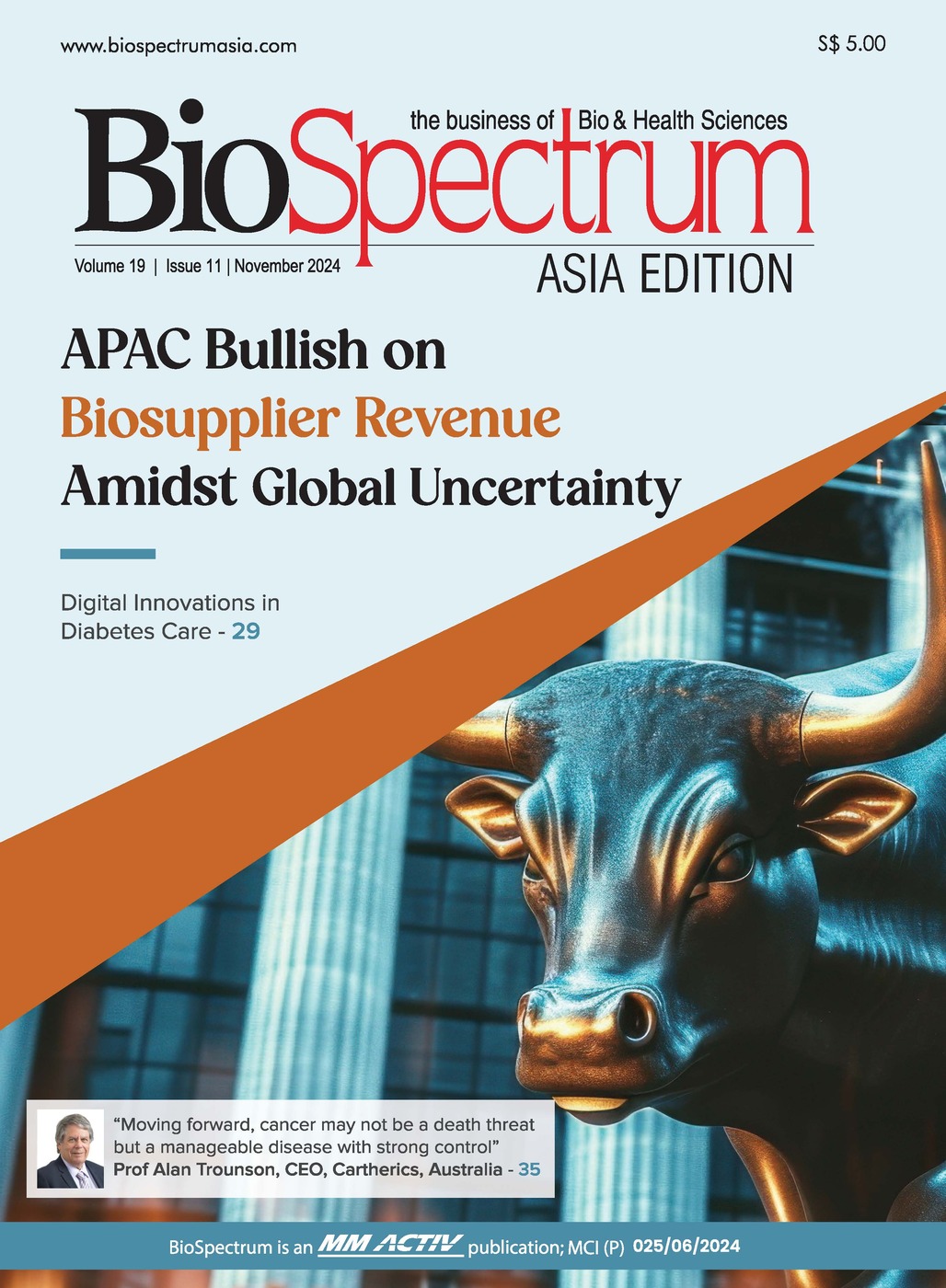Surmounting Gender-based Obstacles in Clinical Trials
01 March 2024 | Opinion | By Vera Zheng, Senior Vice President, Asia/Pacific Strategy and Head of Greater China, Parexel
We can only build a truly diverse and empowering drug development sector by working together, giving women and people of all genders equal chances to have a long-lasting influence on clinical research and patient care.

As we consider the presence of women in the drug development industry, data reveals a remarkable statistic - approximately 61 per cent of the global workforce are women. However, this figure stands in stark contrast to the broader STEM industry, where women only constitute 29.2 per cent of the total workforce. Although progress related to female representation in the workforce still needs to be made for STEM industries at large, the drug development industry - which includes pharmaceutical, clinical research and other industries - provides an empowering environment where women can flourish in their careers.
While the clinical research industry prides itself on this unique gender representation (for example, 70 per cent of Parexel’s global workforce are women), it’s crucial to acknowledge that we share a common challenge with other sectors in terms of women holding top leadership positions. According to one study, less than 10 per cent of CEOs in the biopharmaceutical industry are women, and overall, women constitute a mere 25 per cent of leadership roles within the pharmaceutical sector. Gender representation is particularly important in clinical research given it’s scientifically and ethically important for investigative therapies to reflect the patient populations who will ultimately use those treatments.
The pharmaceutical industry, particularly clinical research, holds great opportunities for professionals seeking to forge meaningful careers - including women. It affords employees with the unique opportunity to directly impact the lives of countless patients worldwide. For example, at Parexel, many colleagues cite the dedication and passion in this industry, prioritising patient-guided drug development and striving to ensure clinical research becomes universally accessible - regardless of gender, gender identity, race or ethnicity, sexual orientation, disability, or socio-economic status - to be inspiring.
However, some of the barriers to leadership facing women are more apparent than others. Social and corporate stereotypes, unconscious bias, imposter syndrome, and balancing work and family responsibilities are among the well-known obstacles they encounter. Besides, there are other less-evident challenges such as limited access to higher education, lack of advancement opportunities, a lack of sponsorship and poor career advancement programmes. Without deliberate efforts from companies to foster inclusion and create pathways for women in leadership, the industry will continue to encounter these inequities in organisational leadership roles. Our industry must take proactive measures - harnessing the power of diversity within businesses and ensuring every individual, regardless of their gender - has the chance to thrive and succeed.
In summary, while the pharmaceutical industry has made significant strides in creating an environment where women can excel, there is still work to be done to achieve true gender equality, particularly in leadership roles. Women face both visible and hidden barriers that hinder their career progression, and organisations need to address these challenges head-on. By implementing diversity initiatives and creating opportunities for all, we can ensure that women have the chance to thrive and reach their full potential. Only through collective efforts can we create a truly inclusive and empowering drug development industry where women - and individuals of all genders - are given equal opportunities to make a lasting impact on patient care and clinical research.
Vera Zheng, Senior Vice President, Asia/Pacific Strategy and Head of Greater China, Parexel


